Huijukuijuk (희죽희죽)
4.1Km 2021-03-24
52, Myeongdong, 8ga-gil, Jung-gu, Seoul
+82-2-318-5077
It is a specialty store selling traditional porridge. The best menu at this restaurant is abalone porridge. This Korean dishes restaurant is located in Jung-gu, Seoul.
Tienda de Suvenires Coreanos en Insa-dong (한국관광명품점(인사동))
4.1Km 2024-02-19
Insadong 5-gil 14, Jongno-gu, Seúl
Vegetarian Restaurant Osegyehyang (채식요리전문점 오세계향)
4.1Km 2019-12-23
14-5 Insadong 12-gil, Jongno-gu, Seoul
+82-2-735-7171
Osegyehyang is a vegetarian restaurant location in Insa-dong, a street known for its traditional culture and crafts. It serves various dishes that cater to the needs of vegetarian customers.
Amdwaeji Oyangsikgwan (암돼지오양식관)
4.1Km 2021-03-19
11, Jong-ro 11-gil, Jongno-gu, Seoul
+82-2-737-8088
A barbecue specialty restaurant located in Jongno, Seoul. The most famous menu is grilled pork belly. Skin-on pork belly is actually the same as grilled pork belly BBQ.
Catedral Católica de Myeong-dong en Seúl (서울 명동성당)
4.1Km 2023-02-22
Myeongdong-gil 74, Jung-gu, Seúl.
La Catedral Católica de Myeong-dong es el corazón de las iglesias católicas de Corea y el símbolo tradicional de la zona de Myeong-dong. Las razones por la que muchísima gente visita este lugar, sin importar la fe que profese, es por la magnífica edificación arquitectónica y su interior, y, por supuesto, por la ubicación central, ya que se encuentra en la zona comercial más famosa de la ciudad de Seúl.
El diseño interior al estilo gótico es muy atractivo. La construcción comenzó en el año 1892 y se completó en mayo de 1898. La empinada torre, cuya altura es de 45 metros, sobresale por encima de los demás edificios de sus inmediaciones. Todos los edificios pertenecientes a la basílica fueron hechos de ladrillo, pero varían en la forma y color. Si pasa frente a la figura de Cristo que se yergue en el frente de la catedral e ingresa a ella, verá las magníficas columnas internas, las ventanas en vitró y el lujoso altar. Si gira sobre sus pies y mira hacia atrás, observará el lugar del coro y el órgano de tubos en el piso 2. Seguramente, sentirá a flor de piel el ambiente serio del catolicismo.
En el subsuelo hay una pequeña capilla y los mausoleos de los mártires. En la Víspera de Navidad, se realiza una misa solemne de medianoche en esta Catedral de Myeong-dong.
Keungiwajip (큰기와집)
4.1Km 2021-09-27
62, Bukchon-ro 5-gil, Jongno-gu, Seoul
+82-2-722-9024
It’s a 2018 Michelin Guide restaurant. The best menu at this restaurant is soy sauce marinated crab. This Korean dishes restaurant is located in Jongno-gu, Seoul.
Nwijo (뉘조)
4.1Km 2024-11-28
27, Insadong 14-gil, Jongno-gu, Seoul
+82-2-730-9311
Nwijo (뉘조) is a Korean restaurant specializing in wild vegetable cuisine. The name ‘Nwijo’ means ‘the god of the silkworm,’ and likens wild vegetables to silkworms in that both can be eaten in their entirety. The restaurant serves original full-course Korean meals that are prepared using hundreds of kinds of wild vegetables, including special seasonal vegetables.
A typical full-course meal starts with delicious pumpkin porridge, followed by seasoned wild vegetables, root vegetable ssam (condiments wrapped in vegetable leaves), slices of boiled meat, and steamed lotus leaf-wrapped rice served with jjigae (Korean stew) and various side dishes. This kind of traditional feast is pleasing to both the eye and the palate and is topped off with sikhye (traditional sweet rice drink). Lunch specials are also available.
853 (팔오삼)
4.1Km 2021-03-24
16, Insadong, 12-gil, Jongno-gu, Seoul
+82-70-8832-0853
This is a juicy pork restaurant. This Korean dishes restaurant is located in Jongno-gu, Seoul. The most famous menu is grilled pork belly.
Eun Ha Su (은하수)
4.1Km 2021-10-20
145, Toegye-ro, Jung-gu, Seoul
+82-2-3705-9141~2
Eun Ha Su at Sejong Hotel was opened in 1978 as Elysee, the first Korean buffet in Korea. For the past 30 years, the restaurant has gained acclaim for its healthy and nutritious Korean cuisine, attracting both Korean and international diners.
Seoul Sejong Hotel (세종호텔)
4.1Km 2021-06-07
145, Toegye-ro, Jung-gu, Seoul
+82-2-773-6000
Seoul Sejong Hotel is located in Myeong-dong, a heart of Seoul’s shopping, tourism, and business districts. Approximately 1 hour from Incheon International Airport, hotel guests can enjoy many attractions nearby as well as a spectacular panoramic view of beautiful Namsan Mountain and downtown Seoul.
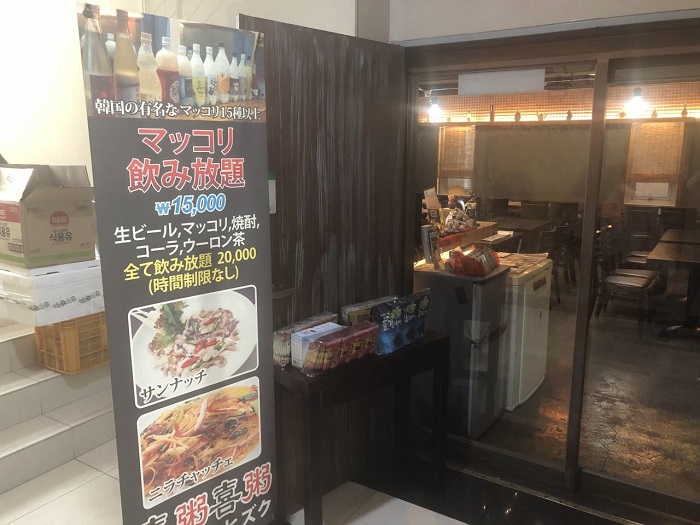
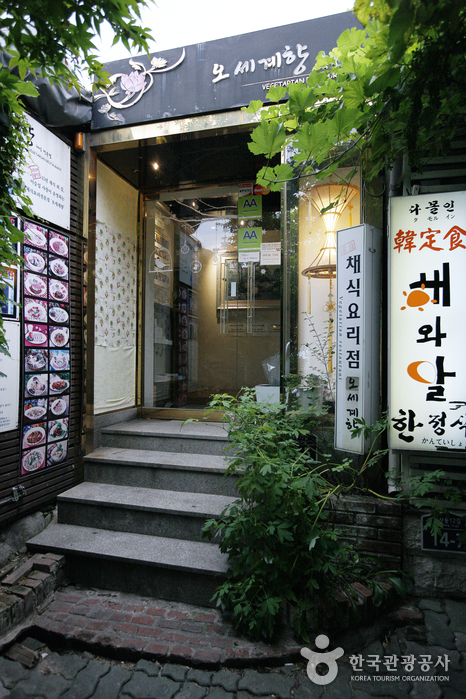
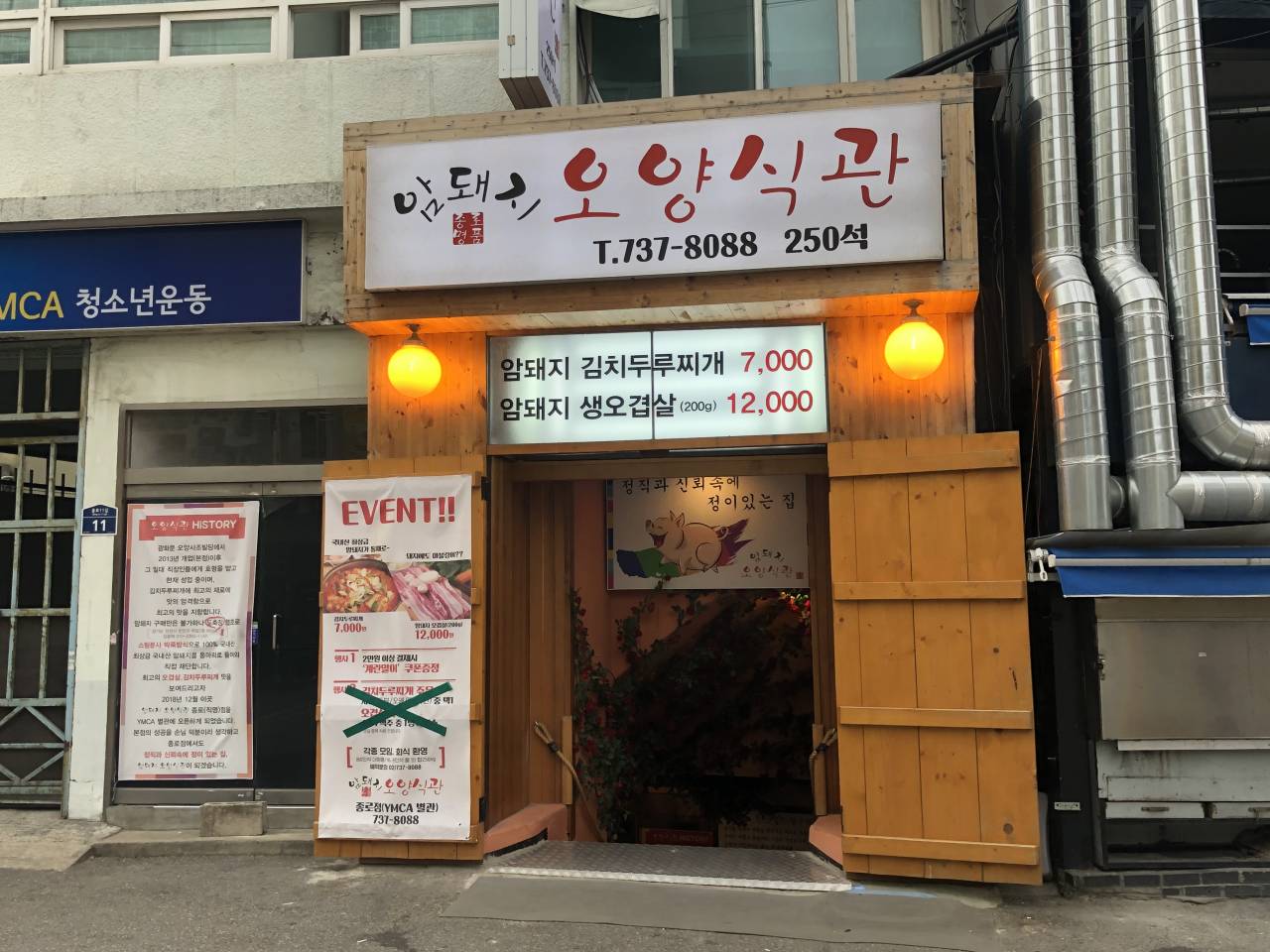
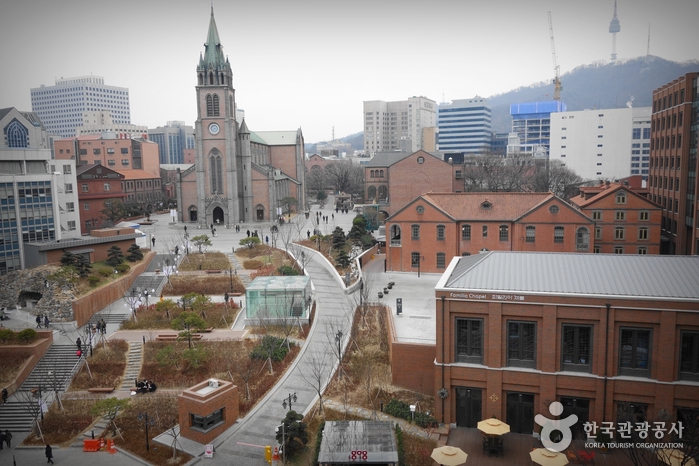
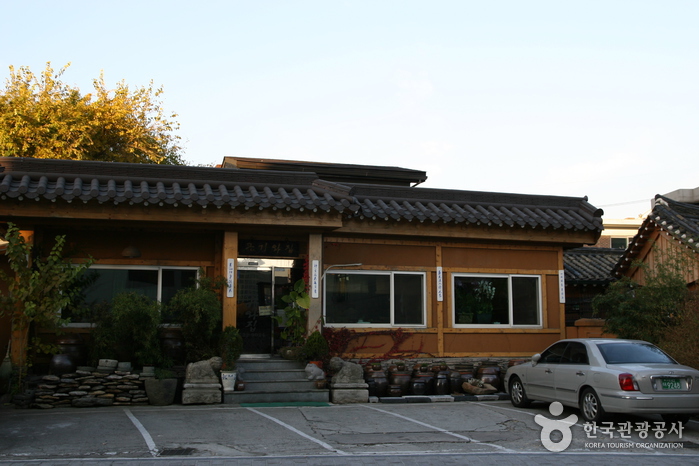
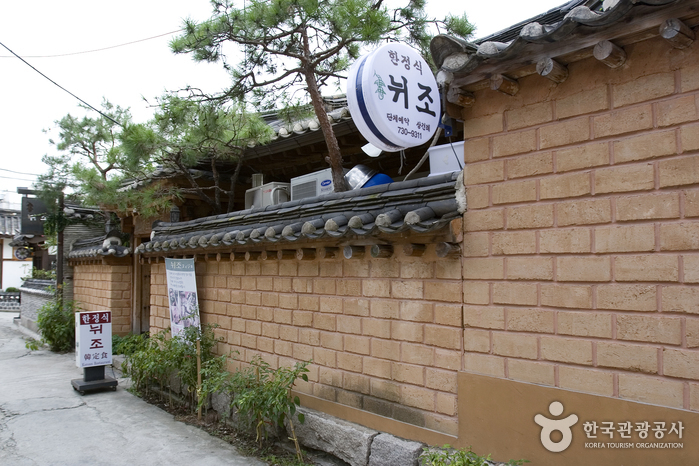
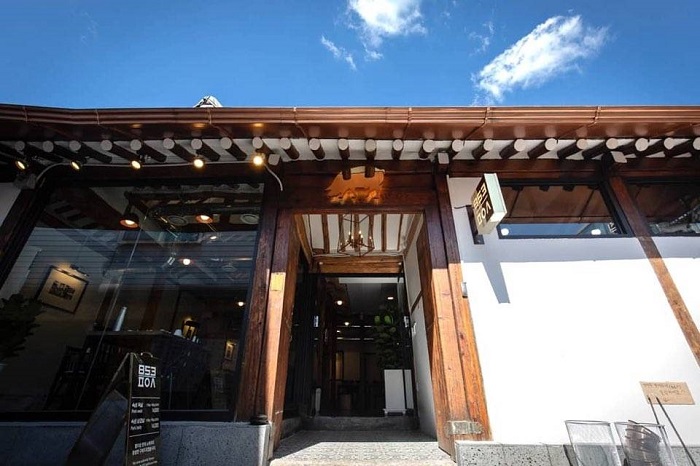

 Español
Español
 한국어
한국어 English
English 日本語
日本語 中文(简体)
中文(简体) Deutsch
Deutsch Français
Français Русский
Русский